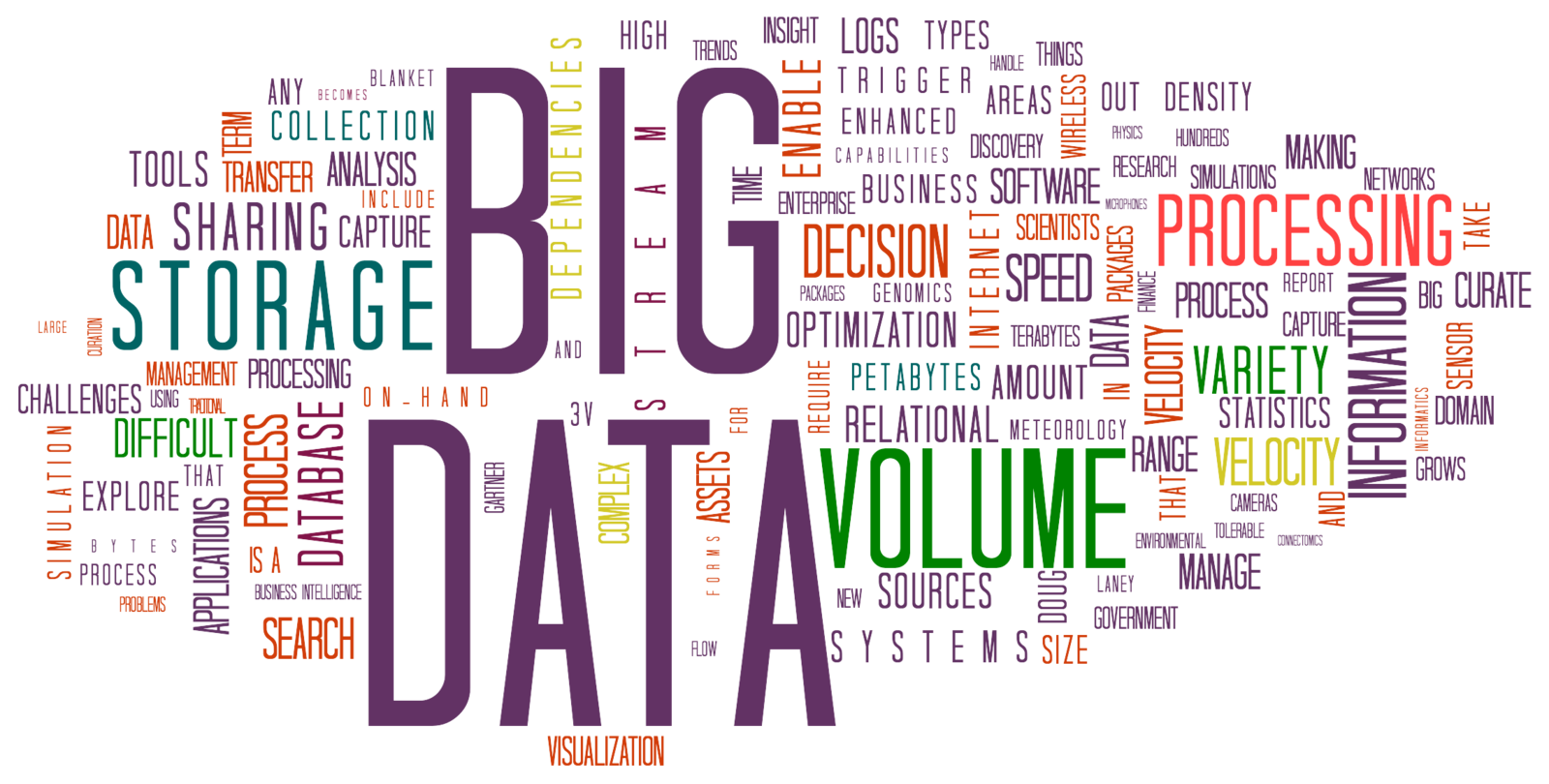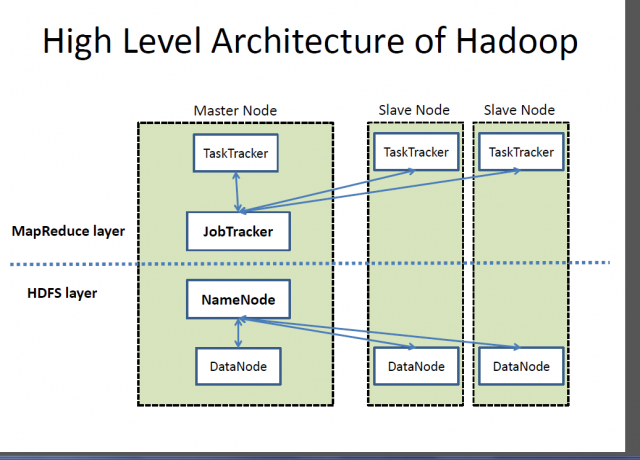Difference Between Big Data and Hadoop
The relation between Big data and Hadoop is one the important topics of interest among the beginners. And the distinction between these two related concepts is rather fascinating. Big data is a valuable asset which without its handler is of no particular use. So, Hadoop is the handler that brings the best value out of the asset. Let’s take a close look at the two followed by the differences between the two.

What is a Big Data?
In today’s digital world, we are surrounded by bulk of data. It would be sufficed to say that data is everywhere. The rapid evolution of Internet and the Internet of Devices (IoT), and continuous utilization of electronic media has led to the birth of e-commerce and social media. As a result, massive amount of data has been generated and in fact, still generating on a daily basis. However, data has of no use unless you have the necessary skill set to analyze it. Data in its current form is raw data, most of which is user-generated content, which needs to be analyzed and stored. Data is generated from multiple sources from social media to embedded/sensory systems, machine logs, e-commerce sites, etc. Processing such insane amount of data is challenging. Big Data is an umbrella term that refers to the many ways how data can be systematically managed and process on such a large scale. Big data refers to large, complex data sets that are too complicated to be analyzed by traditional data processing applications.

What is a Hadoop?
If big data is a highly valuable asset, Hadoop is a program or a tool to bring out the best value from that asset. Hadoop is an open-source software utility program developed to handle the problem of storing and processing large, complex data sets. Apache Hadoop is probably one of the most popular and widely used software framework used to store and process big data. It is a simplified programming model that allows you to conveniently write and check distributed systems and its automatic, economical distribution of knowledge across a commodity of clustered servers. What makes Hadoop distinctive is its ability to scale up from a single server to thousands of commodity server machines. Simply put, Apache Hadoop is the de facto software framework for storing and processing huge amount of data, what is often referred to as big data. Two key components of Hadoop ecosystem are Hadoop Distributed File System (HDFS) and MapReduce programming model.
Difference Between Big Data and Hadoop
Basics
– Big data and Hadoop are the two most familiar terms closely related to each other in a way that without Hadoop, Big data would have no meaning or value. Think of Big data as a deep value asset, but to bring some value out of that asset, you need a way. So, Apache Hadoop is a utility program that is designed to bring the best value out of big data. Big data refers to large, complex data sets that are too complicated to be analyzed by traditional data processing applications. Apache Hadoop is a software framework used to handle the problem of storing and processing large, complex data sets.
Concept
– Data in its raw form is of no use and very hard to work with unless you convert this raw entity called data into information. We are surrounded by tons of tons of data that we see and make use of in this digital era. For example, we have so much content on social media sites and apps such as Twitter, Instagram, YouTube, etc. So, big data refers to those huge amounts of both structured and unstructured data and the information we can get out of these data, such as patterns, trends or anything that would help make these data much easier to work with. Hadoop is a distributed software framework that handles storage and processing of those large data sets across a commodity of clustered servers.
Goal
– Data in its current form is raw data, most of which is user-generated content, which needs to be analyzed and stored. Data sets are growing at an exponential pace and they are growing out of control. So, we need to ways to handle all this structured and unstructured data and we need a simple programming model that will provide the right solutions to the world of big data. This calls for a large scale computational model as opposed to the traditional computational models. Apache Hadoop is a distributed system which enables computation to be distributed across several machines instead of using a single machine. It is designed to distribute and process huge amount of data across the nodes in the cluster.
Big Data vs. Hadoop: Comparison Chart

Summary of Big Data vs. Hadoop
Big data is a highly valuable asset which is of no use unless we find ways to work upon it. Social media applications such as Twitter, Facebook, Instagram, YouTube, etc. are the real life examples of big data which poses some challenges to the technologies we use these days. This rapidly growing data with unstructured content is commonly referred to as big data. But, data in its raw form is very hard to work with. We need ways to acquire, store, process and analyze these data so that we could get something useful out of it, like some pattern or trend. Hadoop is that tool that helps store and process these complex data sets that are too large to be handled using traditional computational techniques and tools.
- Difference Between Caucus and Primary - June 18, 2024
- Difference Between PPO and POS - May 30, 2024
- Difference Between RFID and NFC - May 28, 2024
Search DifferenceBetween.net :
Leave a Response
References :
[0]Karambelkar, Hrishikesh Vijay. Scaling Big Data with Hadoop and Solr - Second Edition. Birmingham, United Kingdom: Packt Publishing, 2015. Print
[1]Vohra, Deepak. Practical Hadoop Ecosystem: A Definitive Guide to Hadoop-Related Frameworks and Tools. New York, United States: Apress, 2016. Print
[2]Bhushan, Mayank. Big Data & Hadoop: Learn by Example. New Delhi, India: BPB Publications, 2018. Print
[3]Image credit: https://commons.wikimedia.org/wiki/File:BigData_2267x1146_trasparent.png
[4]Image credit: https://commons.wikimedia.org/wiki/File:Hadoop-HighLevel_hadoop_architecture-640x460.png
